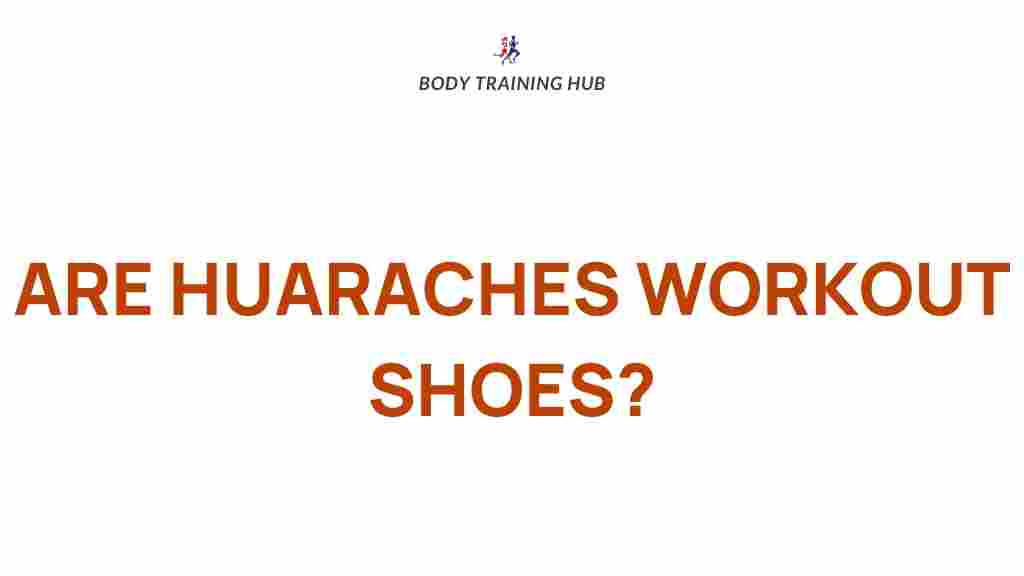Uncover the Surprising Benefits of Training Barefoot
In recent years, the trend of barefoot training has gained significant traction among fitness enthusiasts and athletes alike. As people search for ways to enhance their performance and improve their overall health, more individuals are ditching traditional footwear in favor of minimalist shoes or going completely barefoot. This article will explore the numerous benefits of barefoot training, address common concerns about footwear, and provide a step-by-step guide to help you transition effectively.
The Science Behind Barefoot Training
Barefoot training is rooted in the idea that our feet are naturally designed to function without the constraints of modern footwear. When we exercise without shoes, we engage different muscles, improve our balance, and enhance proprioception—the body’s ability to sense its position in space. Here are some key scientific principles behind barefoot training:
- Improved Foot Strength: Training barefoot activates the small intrinsic muscles of the foot, strengthening them over time.
- Enhanced Balance and Stability: Without the cushioning of standard shoes, your body learns to stabilize itself more effectively.
- Better Alignment: Barefoot training promotes a more natural gait, which can reduce the risk of injury.
Benefits of Barefoot Training
Now that we understand the science, let’s dive into the specific benefits of barefoot training:
- Improved Performance: Athletes who train barefoot often report enhanced speed and agility. The direct connection to the ground allows for better feedback and quicker reactions.
- Reduced Injury Risk: Many injuries stem from improper footwear. Barefoot training can help correct these issues by encouraging a more natural running and walking form.
- Increased Awareness: Training barefoot heightens your awareness of your body and surroundings, leading to greater mindfulness during exercise.
- Natural Foot Mechanics: Barefoot training encourages the foot to move how it was designed to, promoting better biomechanics.
- Enhanced Flexibility: Without the restriction of shoes, your feet can move more freely, increasing their overall flexibility.
Choosing the Right Footwear for Barefoot Training
If you’re not ready to go completely barefoot, consider minimalist shoes. These shoes provide a compromise, offering some protection while still allowing for a natural foot movement. Here’s what to look for:
- Thin Sole: Opt for shoes with minimal cushioning that allows you to feel the ground.
- Wide Toe Box: Choose shoes that allow your toes to splay naturally, mirroring a barefoot position.
- Lightweight Design: Lightweight shoes reduce the burden on your feet and encourage a natural gait.
How to Transition to Barefoot Training
Transitioning to barefoot training requires patience and awareness. Here’s a step-by-step process to ensure a smooth adjustment:
Step 1: Assess Your Current Footwear
Start by evaluating the shoes you currently wear. Are they supportive and cushioned, or do they restrict your foot’s natural movement? Consider gradually reducing your reliance on them.
Step 2: Start with Short Sessions
Begin your barefoot training with short sessions. Start by walking barefoot at home or on a soft surface like grass. Gradually increase the duration as your feet adapt.
Step 3: Incorporate Foot Strengthening Exercises
To prepare your feet for more rigorous activities, incorporate exercises that strengthen the foot muscles, such as:
- Toe curls: Pick up small objects with your toes.
- Foot domes: Practice forming a dome shape with your foot while standing.
- Balance exercises: Stand on one leg and maintain balance to improve stability.
Step 4: Progress to Running or Higher Impact Activities
Once you feel comfortable walking barefoot, gradually introduce running or other higher-impact exercises. Start on soft surfaces and slowly increase intensity.
Step 5: Listen to Your Body
Pay attention to any discomfort or pain. If you experience soreness, take a step back and allow your feet time to recover.
Troubleshooting Common Concerns
As with any new training regimen, you may encounter challenges while transitioning to barefoot training. Here are some common concerns and how to address them:
Concern 1: Pain in the Feet or Legs
It’s normal to feel some discomfort as your feet adjust. However, if pain persists, consider:
- Reducing your training intensity.
- Incorporating more foot strengthening exercises.
- Consulting a healthcare professional for advice.
Concern 2: Fear of Injury
Many people worry about injuries associated with barefoot training. To minimize risk:
- Start on softer surfaces.
- Gradually increase your training duration and intensity.
- Consider using minimalist shoes initially for added protection.
Concern 3: Social Situations
Training barefoot may not always be practical in social or gym settings. Solutions include:
- Wearing minimalist shoes that provide a barefoot feel.
- Finding outdoor spaces where you can train barefoot comfortably.
- Communicating with gym management about barefoot policies.
Conclusion
Training barefoot presents a myriad of benefits that can enhance your exercise performance and overall foot health. By focusing on natural movement patterns and strengthening the feet, you can improve your balance, stability, and efficiency in various physical activities. Whether you choose to train completely barefoot or adopt minimalist shoes, remember to transition gradually and listen to your body.
As you explore the world of barefoot training, consider checking out some resources for foot exercises and minimalist footwear recommendations. For more detailed insights, visit this article that delves deeper into the subject.
Embrace the freedom of barefoot training and uncover how your body can perform at its best, naturally!
This article is in the category Training Guides and created by BodyTraining Team
